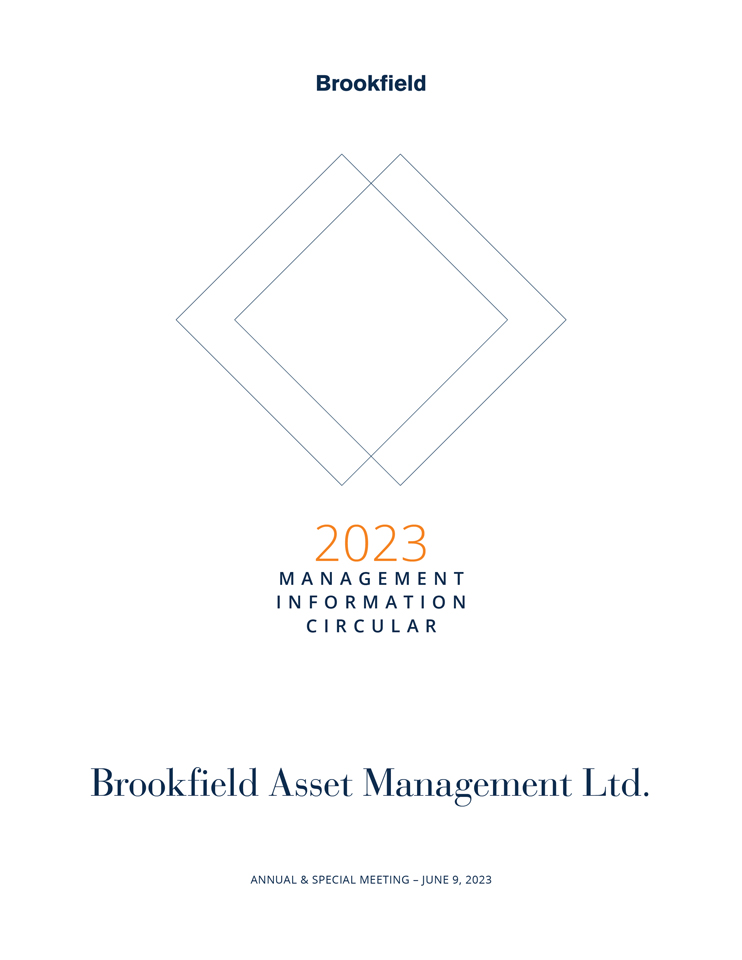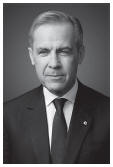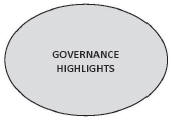Principal Holders of Voting Shares
For over 50 years, executives of Brookfield Corporation (“BN”) have held a substantial portion of their investment in BN’s Class A Limited Voting Shares (“BN Class A Shares”), as well as stewardship of BN’s Class B Limited Voting Shares (“BN Class B Shares”), in partnership with one another, which we refer to as the “Partnership”. This Partnership, whose members include both current and former senior executives of Brookfield (each, a “Partner” and collectively, the “Partners”), has been and continues to be instrumental in ensuring orderly management succession while fostering a culture of strong governance and mutual respect, a commitment to collective excellence and achievement, and a focus on long-term value creation for all stakeholders.
We believe that the Partnership promotes decision-making that is entrepreneurial, aligned with the long-term interests of Brookfield, and collaborative. The financial strength and sustainability of the Partnership is underpinned by a consistent focus on renewal – longstanding members mentoring new generations of leaders and financially supporting their admission as partners. This is a critical component to preserving Brookfield’s culture and vision.
Over several decades, and through economic downturns and financial disruptions, the Partnership has proven itself resolutely focused on the long-term success of Brookfield for the benefit of all stakeholders. This long-term focus is considered critical to the sustainability of the asset management business.
The Partners collectively own interests in approximately 85 million Class A Shares (on a fully diluted basis). These economic interests consist primarily of (i) the direct ownership of Class A Shares, as well as indirect ownership (such as Class A Shares that are held through holding companies and by foundations), by the Partners on an individual basis; and (ii) the Partners’ proportionate beneficial interests in Class A Shares held by investment entities named Partners Limited and Partners Value Investments LP (“PVI”).
Partners Limited and its affiliates are private corporations (initially formed in 1995), which are owned by over 70 individual Partners. PVI is a limited partnership, the common units of which are owned approximately 58% by Partners Limited and approximately 30% by individual Partners; PVI owns approximately 30 million Class A Shares.
In order to foster within the Corporation the same benefits of long-term stability and continuity BN has benefited from, the share capital of the Corporation has been structured to mirror that of BN, providing holders of the Class A Shares with governance rights that are intended to be the same as the rights of holders of BN Class A Shares. Similarly, a group of longstanding senior leaders of the Partnership have been designated to oversee stewardship of the Class B Shares. Under these arrangements, the Class B Shares are held in a trust (the “BAM Partnership”). The beneficial interests in the BAM Partnership, and the voting interests in its trustee (“BAM Partners”), are held as follows: one-third by Messrs. Jack L. Cockwell, one-third by Bruce Flatt, and one-third jointly by Brian W. Kingston, Brian D. Lawson, Cyrus Madon, Samuel J.B. Pollock and Sachin Shah in equal parts. As such, no single individual or entity controls the BAM Partnership. The BAM Partnership owns 21,280 Class B Shares, representing 100% of the Class B Shares.
In the event of a fundamental disagreement in the BAM Partnership (and until the disagreement is resolved), three individuals have been granted the authority to govern and direct the actions of the BAM Partnership. The individuals, at the current time, none of whom are Partners, are Messrs. Marcel R. Coutu, Frank J. McKenna and Lord O’Donnell. These individuals are, and their successors are required to be, longstanding and respected business colleagues associated with Brookfield.
Under these arrangements, the BAM Partnership has become a party to the Trust Agreement with Computershare Trust Company of Canada as trustee for the holders of Class A Shares, dated December 9, 2022 (the “2022 Trust Agreement”). The 2022 Trust Agreement provides, among other things, that the BAM Partnership not sell any Class B Shares, directly or indirectly, pursuant to a takeover bid at a price per share in excess of 115% of the market price of the Class A Shares or as part of a transaction involving purchases made from more than five persons or companies in the aggregate, unless a concurrent offer is made to all holders of Class A Shares.
The concurrent offer must be: (i) for the same percentage of Class A Shares as the percentage of Class B Shares offered to be purchased from the BAM Partnership; (ii) at a price per share at least as high as the highest price per share paid pursuant to the takeover bid for the Class B Shares; and (iii) on the same terms in all material respects as the offer for the Class B Shares. These provisions in the 2022 Trust Agreement also apply to any transaction that would be deemed an indirect offer for the
2023 MANAGEMENT INFORMATION CIRCULAR/ 7
















